Bee Two Nine's
Wed Dec 30, 2009 4:27 pm
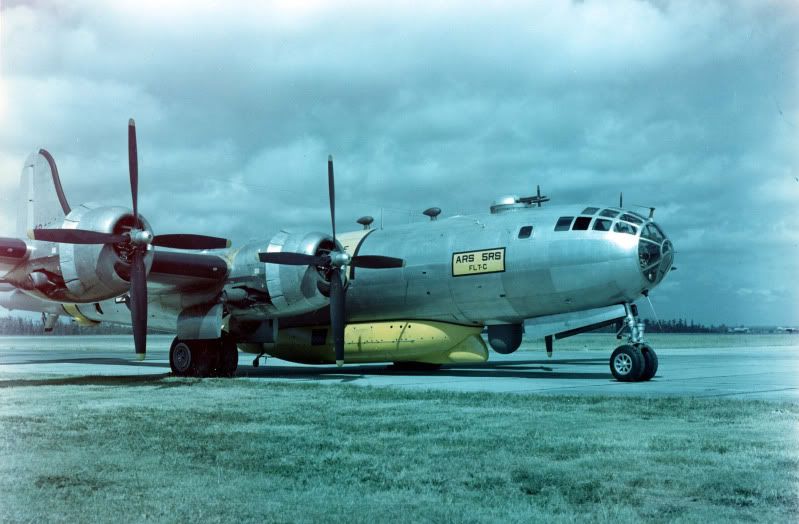 USFG PHOTO
USFG PHOTODESCRIPTION; Fifteen B-29s and one B-29A were adapted for air rescue duty after World War II. Nicknamed "Super Dumbo" and designated SB-29. These aircraft were modified to carry an air-droppable A-3 Edo lifeboat. The primary mission of the SB-29 was rescue support for units flying long distances over water. The "Super Dumbo" retained all the defensive armament of the production bomber with the exception of the forward lower gun turret which was removed to make room for the AN/APQ-13 radome just behind the nose landing gear.
When a downed aircrew was spotted in the water, the lifeboat was released from the aircraft. The lifeboat, which descended by parachute, was equipped with watertight compartments, self-righting floatation bladders, an inboard engine, food and water.
The SB-29 remained in service throughout the Korean Conflict and into the mid-1950s.
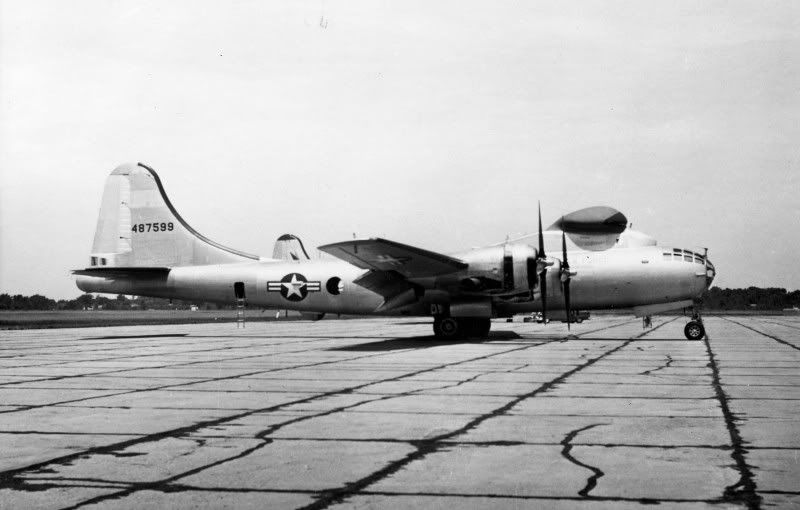 USFG PHOTO
USFG PHOTODESCRIPTION; A U.S. Air Force Boeing B-29 AEW (B-29-80-BW, s/n 44-87599). Three B-29s were modified in mid-1951 during a full-scale development program for airborne early warning (AEW) aircraft. The forward upper fuselage was extensively modified to house an AN/APS-20C search radar. The aircraft interior was extensively modified to house radar and electronic counter measures equipment. The development program was of interest to the Strategic Air Command and the Air Defense Command and led to the procurement of operational radar picket aircraft including the Lockheed RC-121 Warning Star.
Re: Bee Two Nine's
Wed Dec 30, 2009 5:38 pm
That is one, "B**t Ugly" B-29....
Re: Bee Two Nine's
Wed Dec 30, 2009 5:52 pm
sure is a B u t t ugly -29, but Great old Photos Robbie
Re: Bee Two Nine's
Wed Dec 30, 2009 5:56 pm
The B-29 on display at Whiteman AFB is/was a SB-29. The first one modified if I'm not mistaken. The NMUSAF has a B-29 rescue boat. I wish some consideration would be given to returning that aircrat to it's Rescue configuration...
Re: Bee Two Nine's
Fri Jan 01, 2010 12:12 am
Does anyone know of any accounts of aircrew or others surviving through the use of an air dropped lifeboat?
Re: Bee Two Nine's
Fri Jan 01, 2010 2:49 am
John Dupre wrote:Does anyone know of any accounts of aircrew or others surviving through the use of an air dropped lifeboat?
The British examples certainly did (it was a British wartime invention) as well as a number of tragic close-call failures.
Best book on the history of the airborne lifeboat is Rescue from the Skies - The Story of the Airborne Lifeboat by Stephen Brewster Daniels published by (the then) HMSO for the RAF Museum. ISBN 011772761X, 1994.
SBD lists all ops he tracked down, including American - Several late war (May - August) Pacific ops with B-17s were successful rescues, but he says that "Whether any of the A-3 [EDO B-29 type postwar lifeboats] boats saved any lives has not yet been ascertained..."
HTH.
Re: Bee Two Nine's
Fri Jan 01, 2010 1:40 pm
Still looking to see photos of the early KB-29s which used a cable/reel and grapple system before the advent of the high speed boom. Jack????
Re: Bee Two Nine's
Sun Jan 03, 2010 10:17 pm
Here is a series of photos of the prototype "Superdumbo" converted at the Bechtel-McCone Mod Center in Birmingham, Ala. during the spring of '45. She was a B-29B-35-BA, already stripped of armament at the plant, and the boat is a different unit than the true SB-29s carried later, but she proved that it could be done.
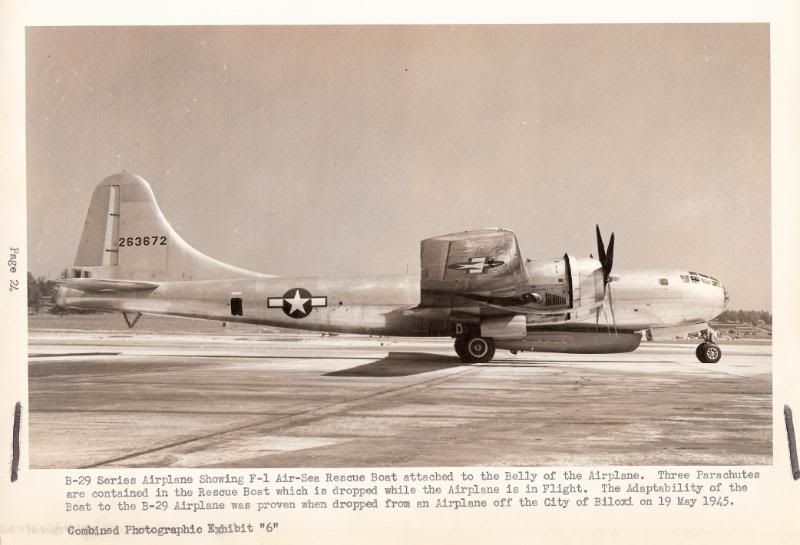
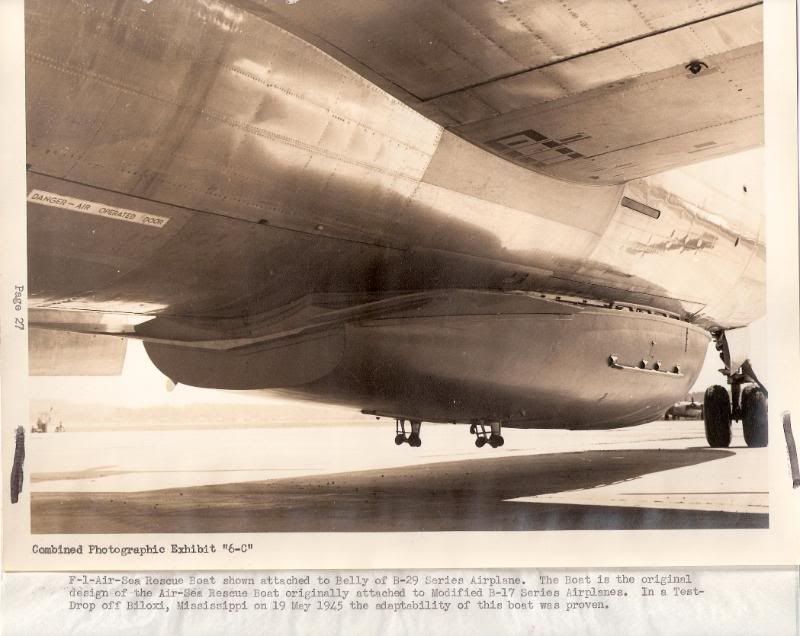
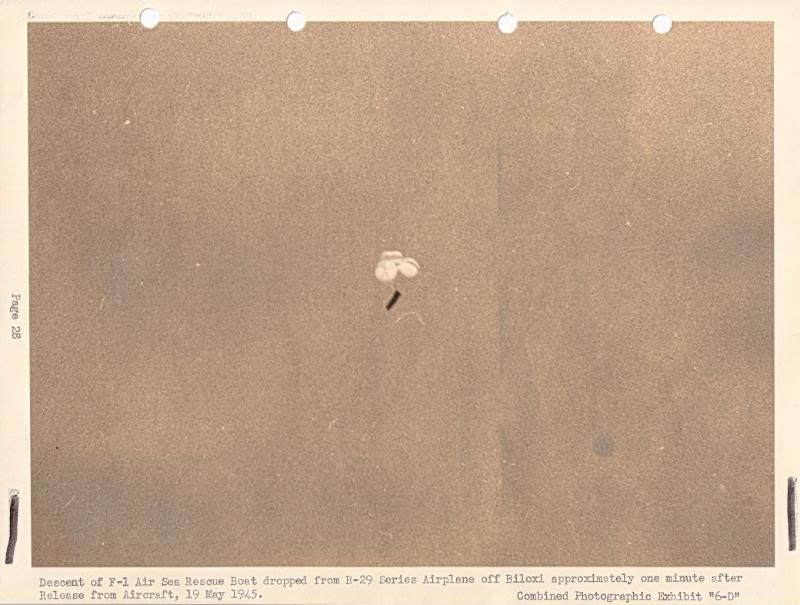
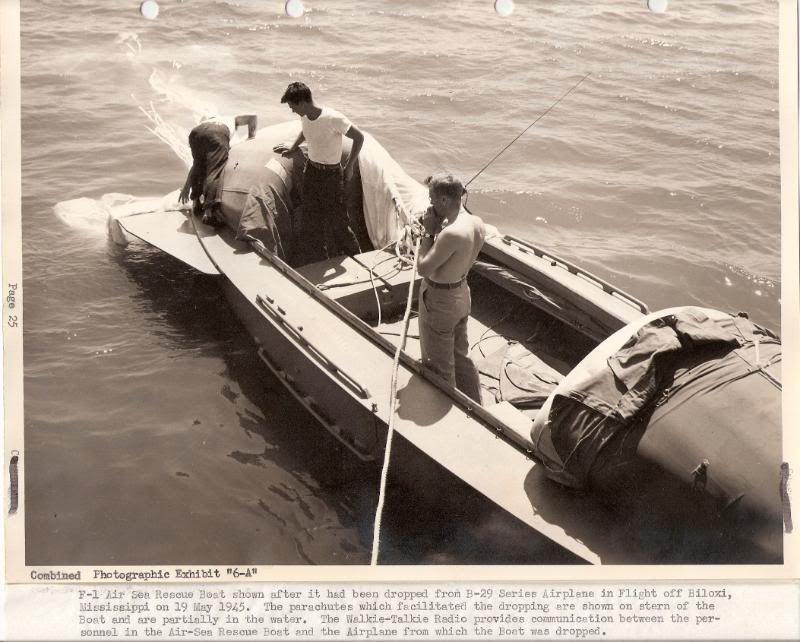
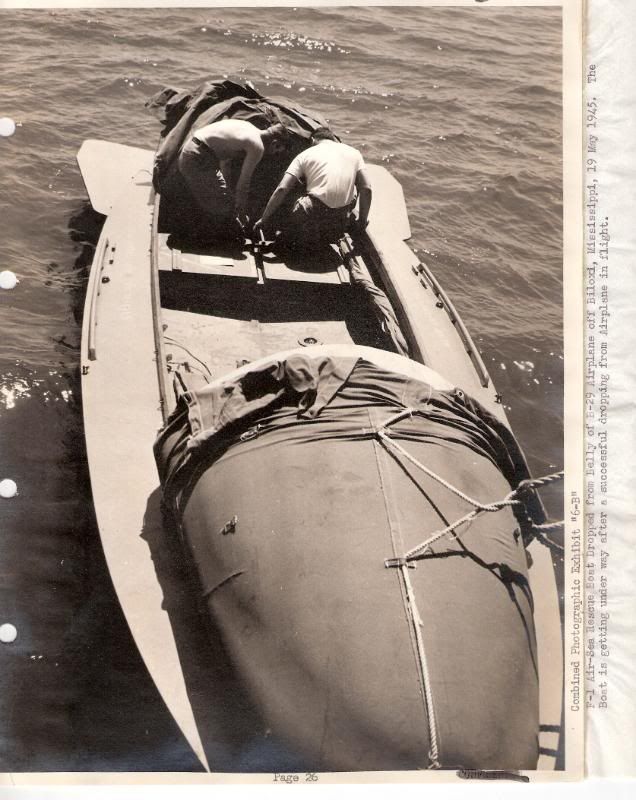
On the back of each photo you'll find this stamp:
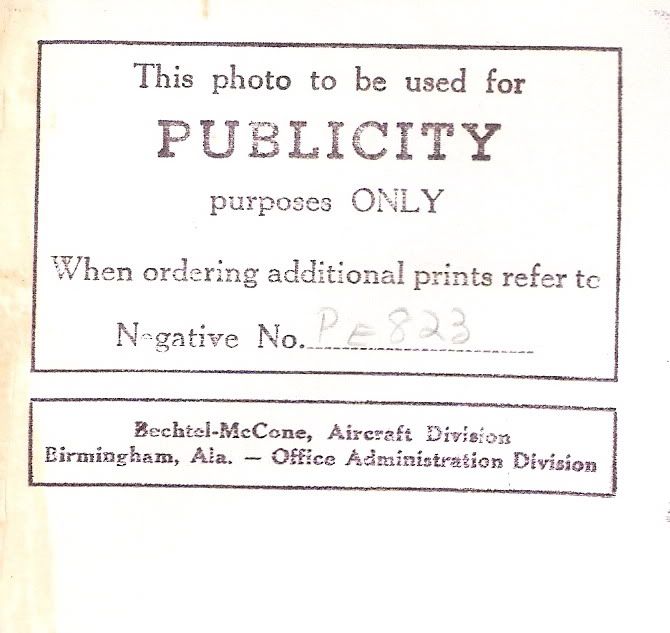
Scott





On the back of each photo you'll find this stamp:

Scott